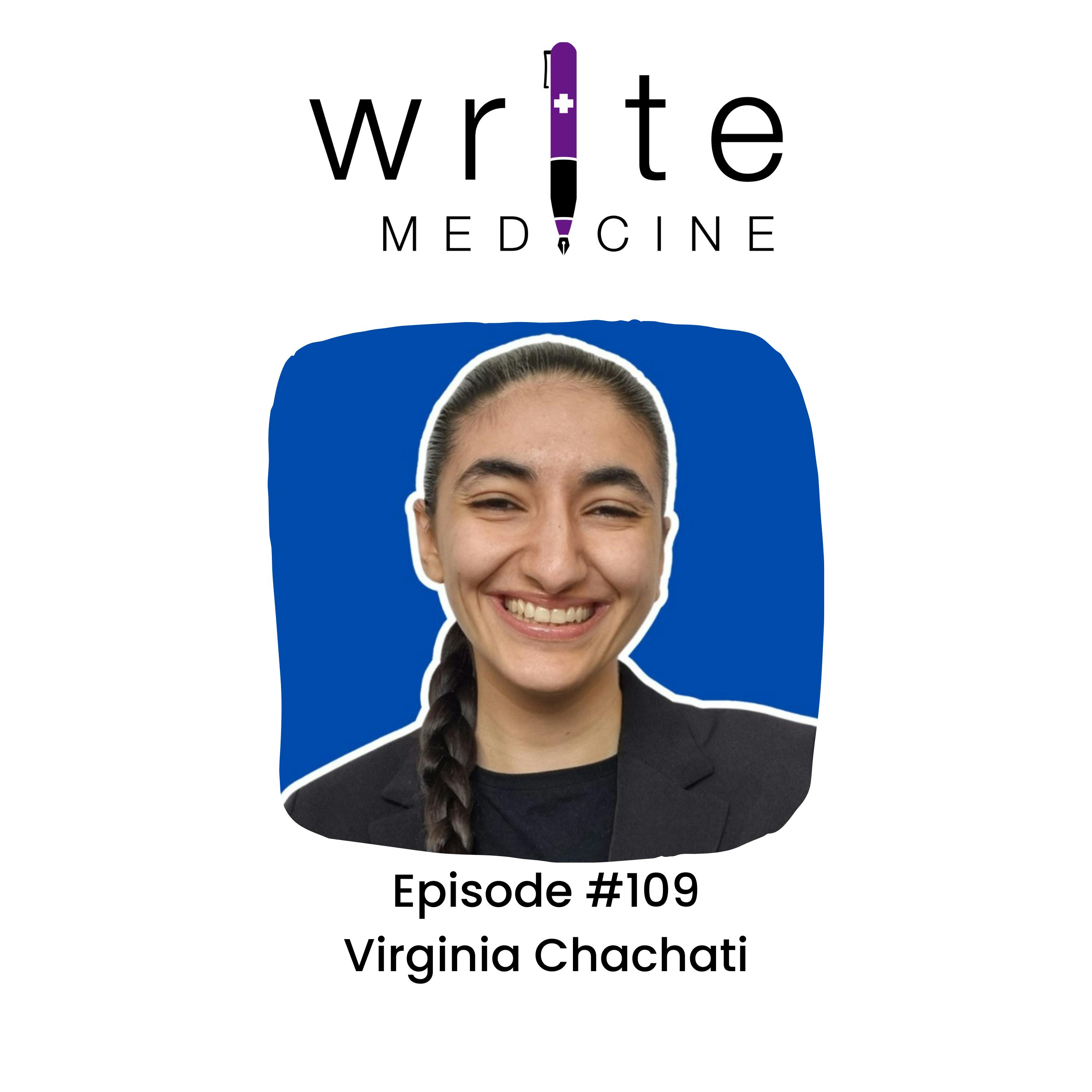Crafting Accessible and Inclusive Medical Content


Are you unknowingly excluding audiences with your medical writing and CME content?
As a CME professional, ensuring that your content reaches and resonates with diverse audiences is crucial. In a field that shapes the clinical practice and well-being of so many, accuracy and accessibility are non-negotiable.
Virginia Chachati, a pharmacist turned medical writer, joins me to explore strategies and best practices for crafting inclusive, accessible content that empowers readers and improves health outcomes.
In EP 109, you’ll:
1. Learn how to optimize your content for people with varying levels of health literacy and digital skills
2. Discover tools and resources to help you create content that meets accessibility standards
3. Understand the impact of inclusive writing on audience engagement and health equity
Don't miss this opportunity to elevate your inclusive content creation skills.
Takeaways
3 Steps you can take toward accessibility and inclusivity.
1. Familiarize yourself with health literacy principles and accessibility guidelines, such as the Web Content Accessibility Guidelines (WCAG) and the Patient Information Forum's PIF TICK standard.
2. Audit your existing content for accessibility and inclusivity, identifying areas for improvement and implementing best practices.
3. Continuously educate yourself on inclusive writing strategies by following thought leaders, attending workshops, and engaging with resources shared in the episode's show notes.
Resources
Web Content Accessibility Guidelines (WCAG)
Patient Information Forum TICK standard
How to Write Clearly by Tom Albrighton
Writing Tools: 55 essential strategies for every writer by Roy Clark
Health literacy as a social determinant of health
National Institutes of Health: What is health literacy?
CME/CE Content Creator's Toolkit
The Utility of Social Media in CME
The Checklist Revolution: Streamlining Healthcare Content for Better Understanding
Cultivating a Visual Mindset: Infographics in Continuing Healthcare Education
Connect with Virginia
Timestamps
00:00 Introduction
02:22 Virginia’s approach to making medical writing accessible and inclusive
08:59 Resources to support accessibility work
13:06 Takeaways from today’s conversation on accessibility and inclusive content creation
Subscribe to the Write Medicine podcast!
Don’t forget to subscribe to the Write Medicine podcast for more valuable insights on continuing medical education content for health professionals. Click the Follow button and subscribe on your favorite platform.




